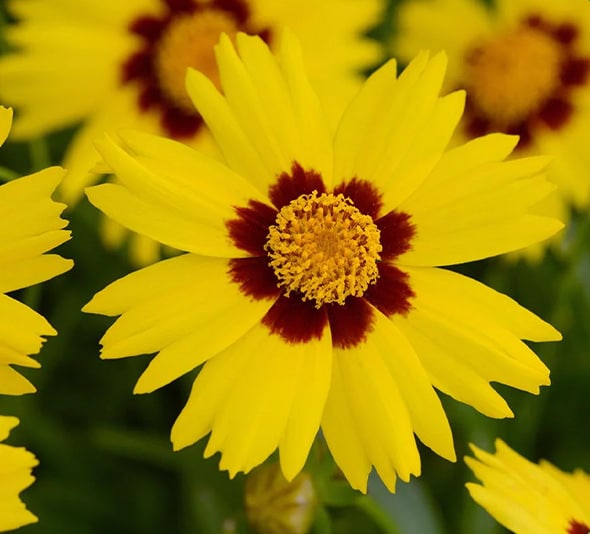
Industry Leading
We pride ourselves on delivering the
best services in the industry.

Schedule by Phone
Call Us Any Day 8am – 6pm
(203) 438-1060

Satisfaction Guaranteed
It’s simple, we aim to please.
100% satisfaction guaranteed.
Coreopsis Sun Kiss Basic
The Coreopsis Sun Kiss is a perennial plant that blooms in the summer. The plant grows to be about two feet tall and has yellow or orange flowers. The leaves of the plant are green and lance-shaped. The plant is drought-tolerant and does not require much maintenance.
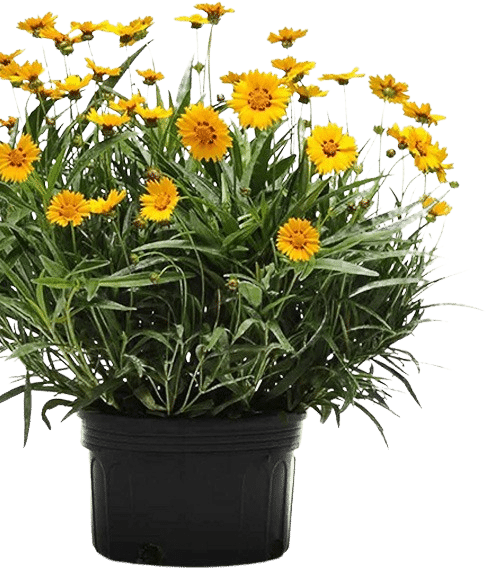
The plant was given its name by Alexander von Humboldt, a German naturalist, who discovered the plant during his travels through North America. This plant form a low mound of leathery green leaves. It has flowers that are bright yellow with a dark reddish-brown splotch in the center. Regularly removing faded flowers will encourage blooming throughout the fall.
Other Names
- Tickseed ‘Sunkiss’,
- Coreopsis lanceolata ‘Sunkiss’,
- Coreopsis grandiflora ‘M8867p’

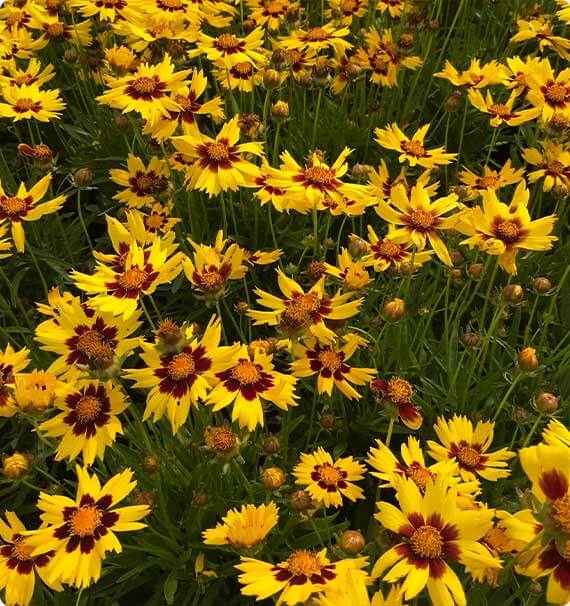

Native Varieties
In the wild, North America is home to the Coreopsis Sun Kiss native forms. These plants look more natural and are often yellow or orange in hue. The plant’s leaves are typically green, although some types may have red or purple undertones.
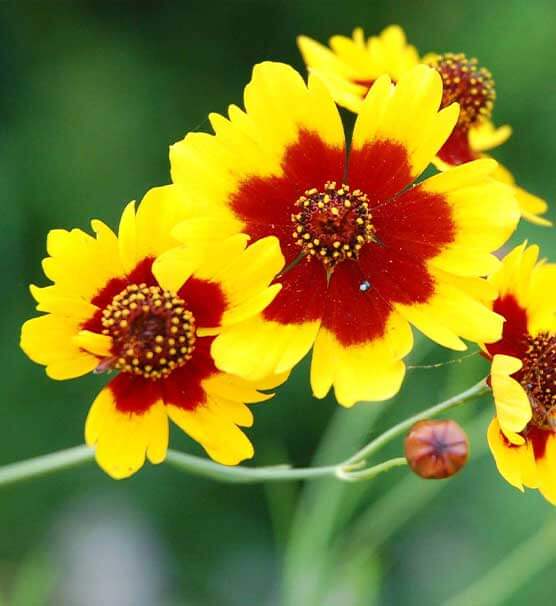
Hybrid Varieties
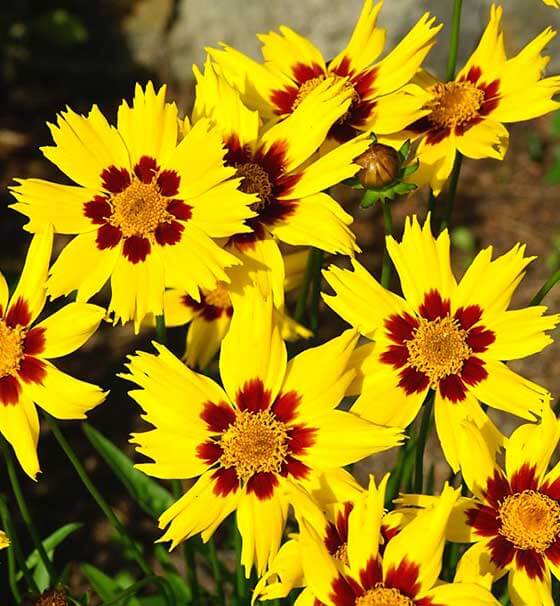

Cultivation and History
Native Americans first cultivated the Coreopsis Sun Kiss, using it for therapeutic purposes. In the early 1800s, Humboldt brought the shrub to Europe.
After the plant gained popularity in Europe, it was later brought to Australia and New Zealand, among other places.
What Does a Coreopsis Sun Kiss Symbolize?
The Coreopsis Sun Kiss is associated with happiness, joy, and sunshine.
The plant is also said to symbolize good luck.

How to Plant, Grow, and Care for Coreopsis Sun Kiss
Now that you know a little bit about this versatile and magnificent flower, let’s discuss how to plant, grow, and care for it.


How to Plant Coreopsis Sun Kiss
Make sure to choose a location that receives full sun when planting your Coreopsis Sun Kiss. The plant prefers well-drained soil as well. If you are planting multiple plants, space them about 18 inches apart.
It is time to begin planting after you have chosen the ideal location. Coreopsis Sun Kiss is best planted in the spring. When planting, dig a hole twice the size of the root ball of the plant. Backfill the hole with soil and water thoroughly after you’ve placed the plant in it.

When to Plant Coreopsis Sun Kiss
You can plant Coreopsis Sun Kiss in the spring or the fall. Prior to planting in the spring, confirm that all frost threat has passed.
Make sure to plant in the fall at least six weeks before the first expected frost.

Choosing and Preparing a Planting Site
Choose a site that receives full light when deciding where to grow your Coreopsis Sun Kiss. The plant also favors soil that drains well. You might need to add some sand to your soil if it’s dense if you want better drainage.
• Soil Needs:
Sandy loam is the ideal soil type. The plant also prefers well-drained soil.
• Sun Needs:
Needs full sun in order to thrive. The plant will not do well in shady areas.
• Water Needs:
Coreopsis Sun Kiss is drought-tolerant and does not need a lot of water.
• Nutrients and Fertilizer Needs:
Does not require a lot of nutrients or fertilizer. If you think your plant is not getting enough nutrients, you can add compost to the soil.
• Insects and Plant Disease
Coreopsis Sun Kiss is not susceptible to many insects or diseases. However, powdery mildew might harm the plant. You can use a fungicide to get rid of powdery mildew if you notice it on your plant.
Coreopsis Sun Kiss Planting Process
Coreopsis Sun Kiss is best planted in the spring. You can also plant the flower in the fall if you live in an area with a long growing season.
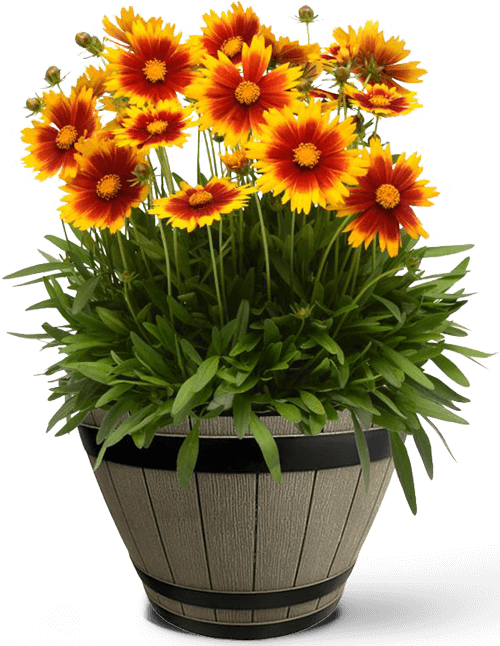

Uses of Coreopsis Sun Kiss in Your Garden
Coreopsis Sun Kiss can be used in many different ways in your garden. Here are some ideas
• Foundation Planting
Coreopsis Sun Kiss makes a great foundation plant. The plant is low-maintenance and does not require a lot of water.
• In Flower Beds
Coreopsis Sun Kiss can also be planted in flower beds. The plant does best in full sun and well-drained soil.
• As Borders
Coreopsis Sun Kiss can also be used as borders. The plant grows to be about 24 inches tall, so it can be used to edge flower beds or pathways.
• Along Pathway
Coreopsis Sun Kiss can also be planted along pathways. The plant’s low-growing habit makes it a good choice for areas where people will be walking.


Uses of
Coreopsis Sun Kiss
In Your Home
In addition to being used in the garden, Coreopsis Sun Kiss can also be used in your home. The plant can be placed in a vase or container and used as a decoration.
Add One To Your Garden Today!



